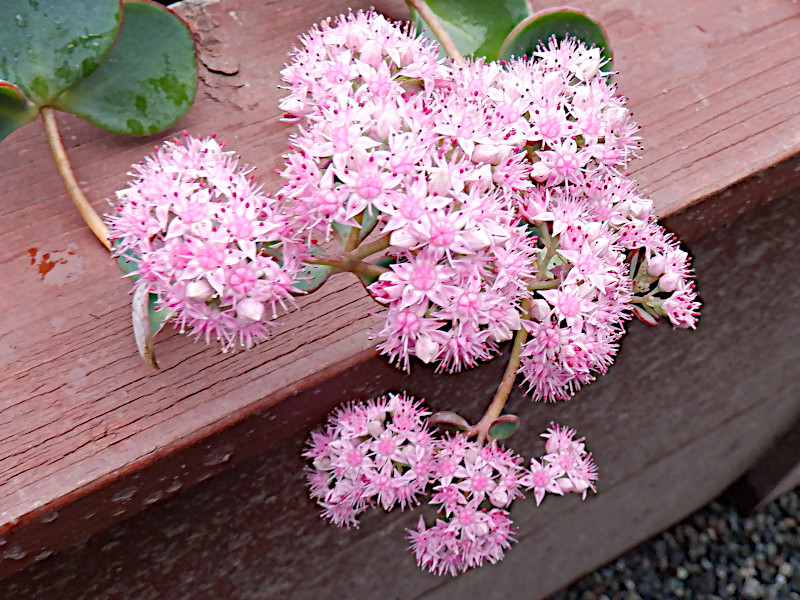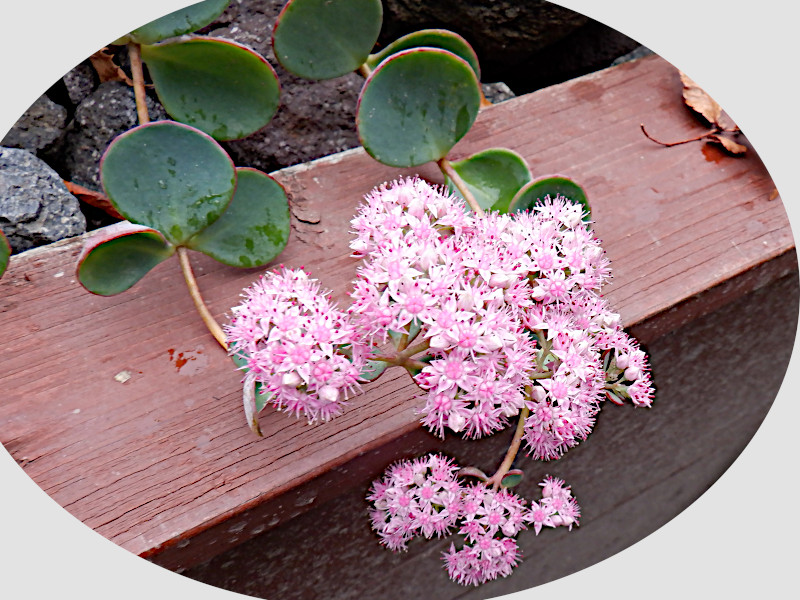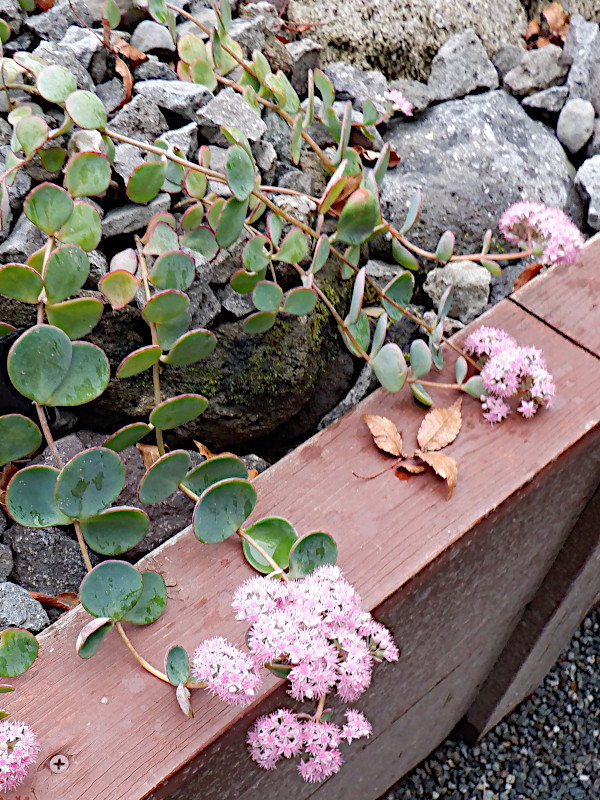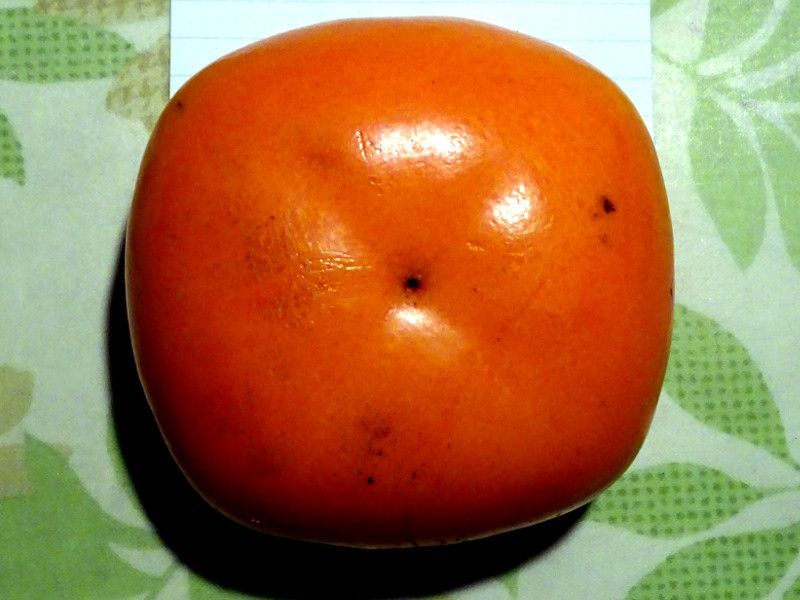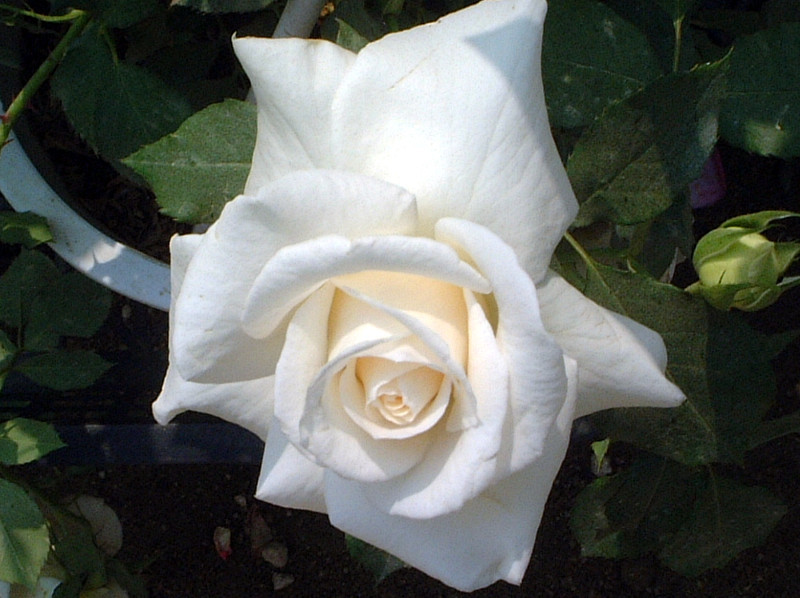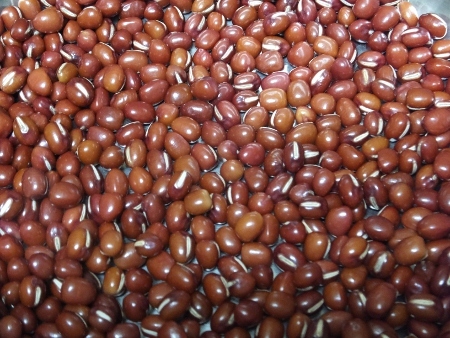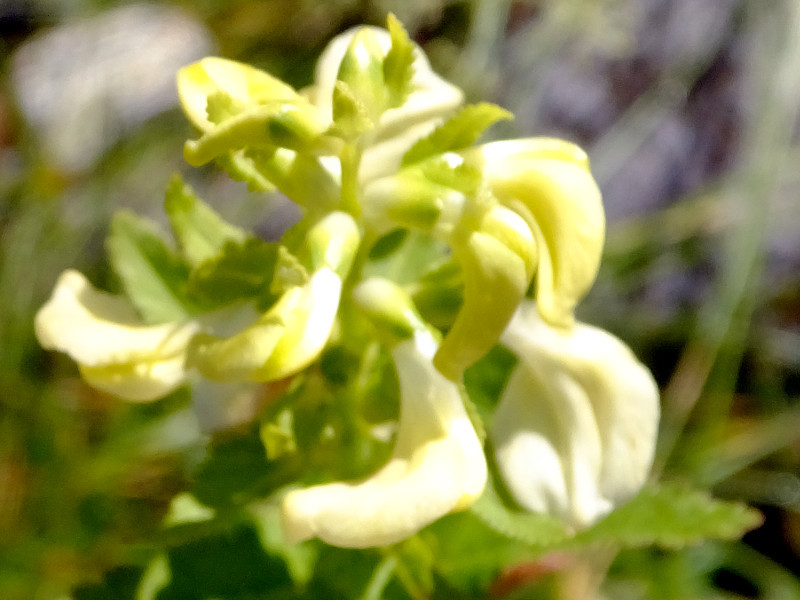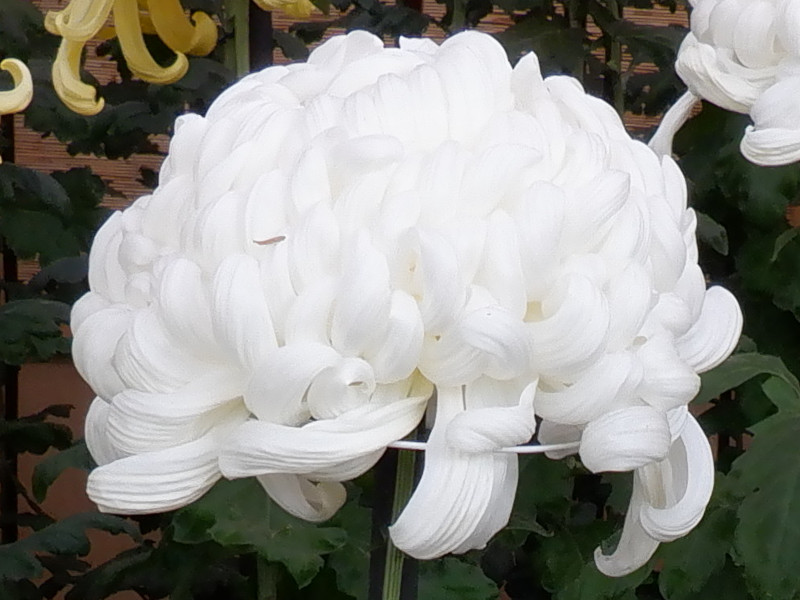Hylotelephium sieboldii
- Flower nameHylotelephium sieboldii
- Scientific nameHylotelephium sieboldii
- Aliasみせばや
- Place of originJapan
- Place of floweringLow mountains, Specific area
- Flowering seasonOctober, November
What is Hylotelephium sieboldii
Hylotelephium sieboldii October daphne, October plant or misebaya (scientific name: Hylotelephium sieboldii) is a succulent lodging plant native to Japan, belonging to the family Crassulaceae. It is one of the classical garden plants cultivated since the Manyo period (710-794) under the name of "Tama-no-o." It is cultivated all over Japan, and is an anecdote. It is cultivated all over Japan, and some of its outcrops have become wild. It is said to grow naturally on Shodoshima Island in Kagawa Prefecture and in Nara Prefecture. The fleshy leaves are ovate, thick, and silvery-green with red, loosely wavy serrations at the margins.
From October to November, it produces spherical flowers in clusters of numerous small reddish-purple, star-shaped flowers in diffuse inflorescences at the tips of the flower stalks. The flowers are followed by a fruit in a pouch. The leaves turn red in autumn and the above-ground parts die in winter, leaving the underground stem and dormant buds to overwinter.
Common name: Hylotelephium sieboldii, Jananese nama Misebaya, scientific name: Hylotelephium sieboldii, Manyo's name: Tamao, height: 20-30 cm, native place: Japan, habitat distribution (native habitat): habitat: Shodoshima Island, Kagawa Prefecture, Japan, habitat: rocky areas, stone walls, life form: succulent lodging plant, stem: lateral downwards, petiole: absent, leaf length: 1-1.5 cm, leaf color: silvery green to red (autumn), leaf texture: fleshy, leaf shape: broadly oval to round, inflorescence: 3 leaves in opposite pairs, leaf margin: loosely serrate, leaf blade length: 2.5 cm, radial symmetrical flower, cluster, corymbflowering season: October-November; flower color: light red; flower diameter: 1 cm; number of petals: 5; anther color: dark red; floret shape: lanceolate; fruit type: pouch fruit; uses: potted plant, ornamental plant.
